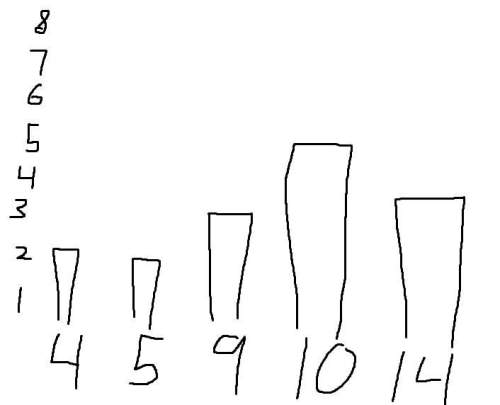
Mathematics, 08.10.2019 07:30 bluenblonderw
Expanding each integer in the expression 21 × 12, the result is [(2 × 101) + (1 × 100)] × [(1 × 101) + (2 × 100)]. replace the 10s with x’s and then multiply this expression using foil. compare it with the normal integer multiplication method used above: how are they similar? show your work

Answers: 3


Other questions on the subject: Mathematics


Mathematics, 21.06.2019 18:00, sydneydavis57
Jacob signs up to work for 2 1/2 hours at the school carnival. if each work shift is 3/4 hour, how many shifts will jacob work? (i just want to double check : |, for anybody that responds! : )
Answers: 3

Mathematics, 21.06.2019 18:30, Ateruel95
Dakota earned $7.50 in interest in account a and $18.75 in interest in account b after 15 months. if the simple interest rate is 4% for account a and 5% for account b, which account has the greater principal? explain. to make it a little easier, there is an image. good luck!
Answers: 1

Mathematics, 21.06.2019 22:10, eddiewoods8505
Which property was used to simplify the expression? 3c+9 +4c=3c+4c+9
Answers: 3
You know the right answer?
Expanding each integer in the expression 21 × 12, the result is [(2 × 101) + (1 × 100)] × [(1 × 101)...
Questions in other subjects:

Mathematics, 22.11.2019 21:31



Mathematics, 22.11.2019 21:31






Mathematics, 22.11.2019 21:31




